 I decided to do my own personal breakdown of the development and evolution of the CGI (Computer Generated Imagery) film genre. I decided to focus on some films that I feel are landmarks in the progression of these films while excluding most of the CGI mainstream films aimed at younger audiences (Toy Story, Shrek, Monsters Inc., The Polar Express, Madagscar, Wall-E, etc.). Without further ado I present the evolution of CGI films through the eyes of Dart Adams:
I decided to do my own personal breakdown of the development and evolution of the CGI (Computer Generated Imagery) film genre. I decided to focus on some films that I feel are landmarks in the progression of these films while excluding most of the CGI mainstream films aimed at younger audiences (Toy Story, Shrek, Monsters Inc., The Polar Express, Madagscar, Wall-E, etc.). Without further ado I present the evolution of CGI films through the eyes of Dart Adams: Broken Saints (2001)
Broken Saints (2001)Broken Saints was easily one of the most overlooked of the groundbreaking animated features ever. It was originally and ongoing online saga that was hand drawn and through Flash animation turned into an animated digital comic book complete with dialogue bubbles and voice acting. The original series ran online from 2001 to 2003, spanned 24 total chapters and ran about 12 hours once it was completed. It was finally released on DVD in 2005 and won a bunch of awards overseas while few people in the States are familiar with it.
 It has gone through several reworkings over the past few years and some chapters have been redrawn and certain parts of it have been sharpened thanks to new advances in teachnology but it was re-released back in 2006 through 20th Century Fox Distribution so it's widely available for rental through Netflix as well as purchase. Check it out if you've never seen or heard of it before (especially if you're a comic book fan).
It has gone through several reworkings over the past few years and some chapters have been redrawn and certain parts of it have been sharpened thanks to new advances in teachnology but it was re-released back in 2006 through 20th Century Fox Distribution so it's widely available for rental through Netflix as well as purchase. Check it out if you've never seen or heard of it before (especially if you're a comic book fan). Final Fantasy: The Spirits Within (2001)
Final Fantasy: The Spirits Within (2001)"Final Fantasy: The Spirits Within" was both a huge triumph and a collosal failure. It took four years of nonstop work to create and complete and Square Pictures did all of the work at their state of the art studios based in Honolulu, HI. Once the project was completed they had made an entire film that had fully computer rendered 3D scenery and characters that looked photorealistic for the first time in film history. The film cost $137 million dollars to make and they spent another $30 million to promote it. Here comes the pain! © Carlito Brigante
 The movie looked great and the graphics were awe inspiring, just one problem...the movie itself was terrible! The storyline was confusing and convoluted probably due to the fact that many of the films concepts were Japanese in origin (written by Final Fantasy creator Hironobu Sakaguchi) and didn't translate well to English. The script made you scratch your head on a regular basis and earned mixed reviews from fans and critics alike.
The movie looked great and the graphics were awe inspiring, just one problem...the movie itself was terrible! The storyline was confusing and convoluted probably due to the fact that many of the films concepts were Japanese in origin (written by Final Fantasy creator Hironobu Sakaguchi) and didn't translate well to English. The script made you scratch your head on a regular basis and earned mixed reviews from fans and critics alike.It ended up only making $32 million at the US box office ($85 million worldwide) and the film almost bankrupted the Square Films studios. The Honolulu studio didn't make another notable project until being saved by the merger with Enix and creating the short animated film " The Final Flight Of The Osiris" for "The Animatrix" DVD.
 Appleseed (2004)
Appleseed (2004)This CGI film based on the world famous Shirow Masamune manga of the same name was created by Toei and Geneon Studios. This action packed animated feature was huge in Japan and really exhibited the leap that CGI films had made in the three years since "The Spirits Within". The opening battle sequence alone lets you know that things were only going to get better for the computer generated film genre as a whole.
 Ghost In The Shell 2: Innocence (2004)
Ghost In The Shell 2: Innocence (2004)The sequel to the groundbreaking 1995 anime film "Ghost In The Shell" continues the story of the Shirow Masamune manga by expounding it's old "Robot Rondo" storyline and adding in elements of the "Ghost In The Shell: Stand Alone Complex" television series. The beautiful rendering and seamless animation showed that animated films were indeed moving into a new era.
 Final Fantasy VII: Advent Children (2005)
Final Fantasy VII: Advent Children (2005)Production for this CG film started back in 2003 after the Square Enix merger was finalized. It was originally supposed to be a 20 minute short film featuring Final Fantasy VII characters Cloud and Tifa but it turned into a full length feature shortly after production started. The story was soon expanded to include all of the original Final Fantasy VII cast and their existence in Midgar two years after the events in the game ended. The visuals are stunning and the effects and action sequences are a step up from the CG films that were release just a year before. The film was a hit with fans and critics alike enjoying massive success by moving approximately 2.5 million units since it was released on DVD.
 Renaissance (2006)
Renaissance (2006)This film took six years to complete and was made in black and white using actors who performed in front of bluescreens while computers recorded their movements using motion capture technology. The film is visually stunning and has a futuristic film noir look that makes it really stand out. While this project is unmistakably brilliant eye candy, the actual film itself is hard to swallow for several reasons.
 The film was originally a cyberpunk/dystopian future tale written by a team of three French writers and once the film was adapted to English it's clear that a lot of the film's themes and concepts suffered in the translation. Without any knowledge of the cultural makeup of urban Paris or the French culture it's hard to relate to the main character speaking English and sounding like Brits and Americans when they're clearly in a French setting. The science fiction aspect of the film took a big hit because many of the plot points and concepts made little sense and what you could follow had little impact. Damn shame, really.
The film was originally a cyberpunk/dystopian future tale written by a team of three French writers and once the film was adapted to English it's clear that a lot of the film's themes and concepts suffered in the translation. Without any knowledge of the cultural makeup of urban Paris or the French culture it's hard to relate to the main character speaking English and sounding like Brits and Americans when they're clearly in a French setting. The science fiction aspect of the film took a big hit because many of the plot points and concepts made little sense and what you could follow had little impact. Damn shame, really. Vexille (2007)
Vexille (2007)This Japanese CGI suceeded where other films failed. Not only is it a feast for the eyes but the story really translated well to the world audience. In this film technology advances so much in Japan that rather than having to share the full scope of their technological advances or deal with the UN's questions about their activities they decide to isolate themselves from the rest of the world and only export goods to countries. If you're not a native of Japan then you're sent back to your counry of origin, the rest I refuse to tell you. Watch for yourself.
 Vexille borrowed elements from popular properties like "The Matrix", "Appleseed", "Ghost In The Shell" and "Robotech" and mixed them together in a science fiction tale about an American police force that infiltrates Japan to discover if the rash of criminal activity using illegal technologies is linked to that countries unchecked technical advances or not. Check it out if you haven't seen it yet.
Vexille borrowed elements from popular properties like "The Matrix", "Appleseed", "Ghost In The Shell" and "Robotech" and mixed them together in a science fiction tale about an American police force that infiltrates Japan to discover if the rash of criminal activity using illegal technologies is linked to that countries unchecked technical advances or not. Check it out if you haven't seen it yet. Appleseed Ex Machina (2007)
Appleseed Ex Machina (2007)This CGI "Appleseed" sequel was a collaboration between director Shinji Aramaki and legendary Hong Kong action film director John Woo. The result was a perfectly executed cyberpunk film with breathtaking action sequences and visuals. The technological advances in CGI film and the introduction of new techniques and approaches to attain new levels of detail and faster framerates mean that one day this film will look as dated as "The Spirits Within" looks to this. That's kind of hard to believe...and scary to fathom.
One.
One.


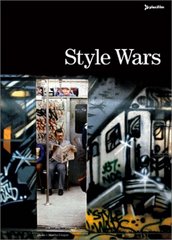


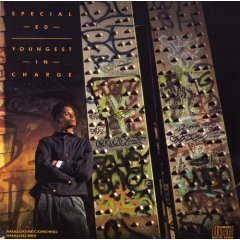














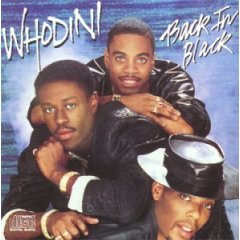







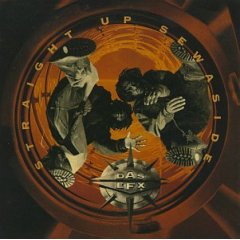
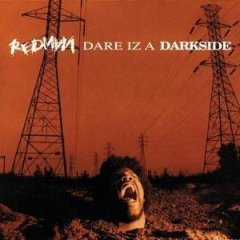


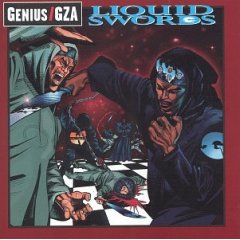





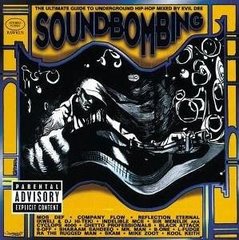








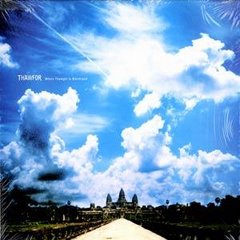




















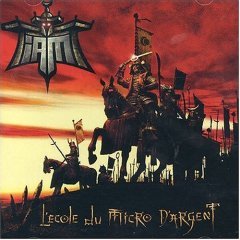

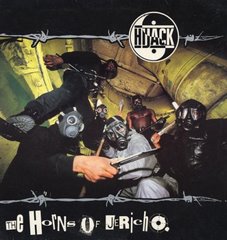









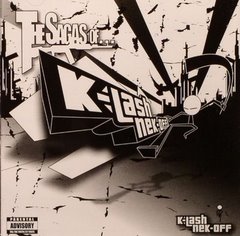





















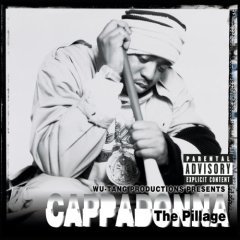


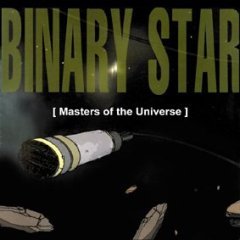
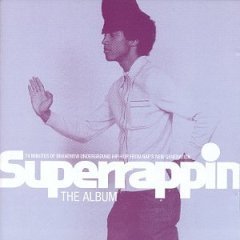




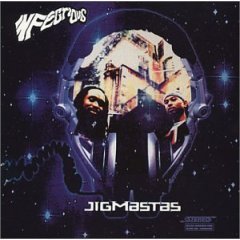

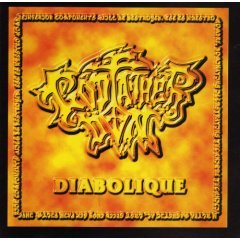
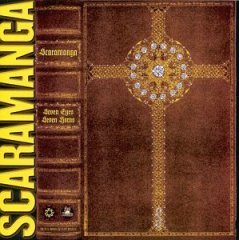


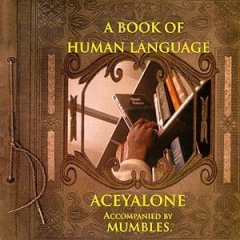










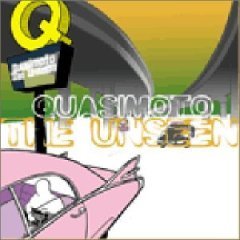







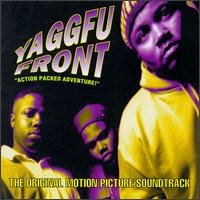










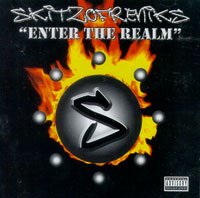








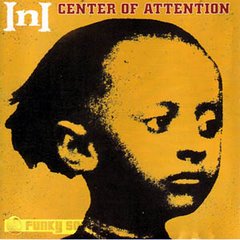






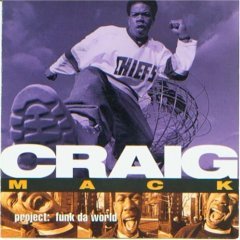



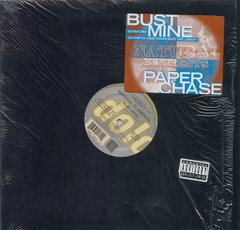












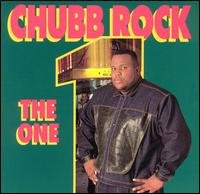
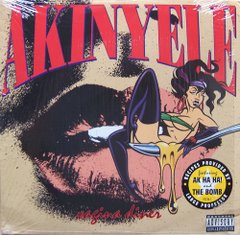







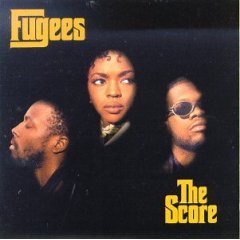
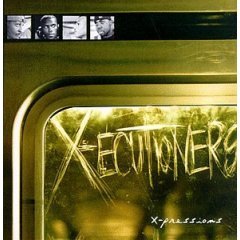
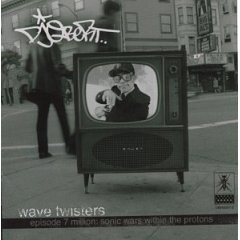


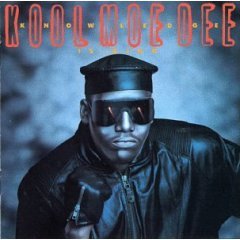
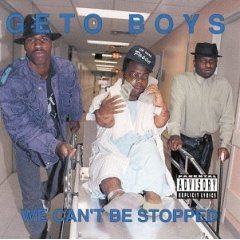

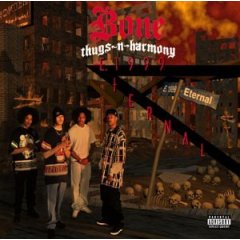







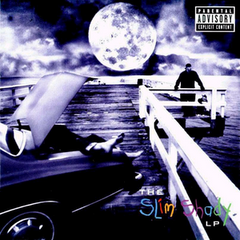

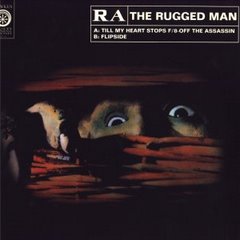









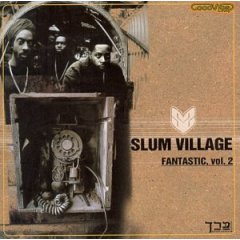
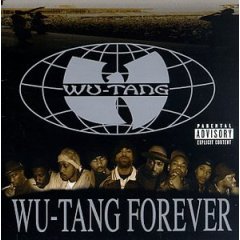
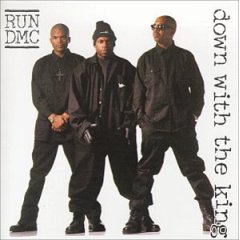

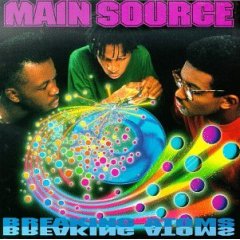












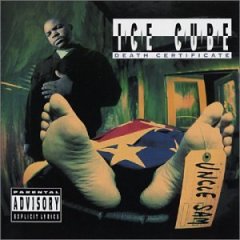

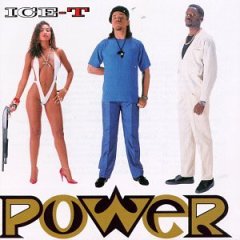















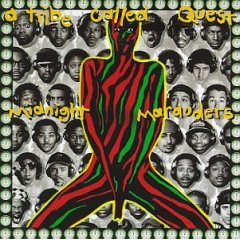


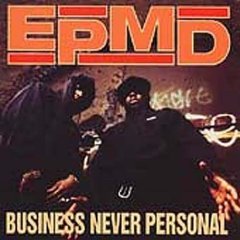






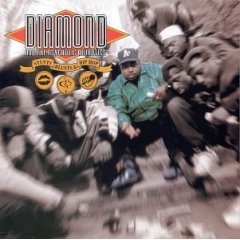

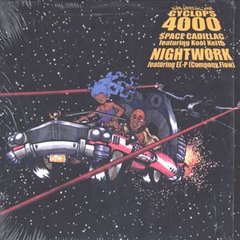


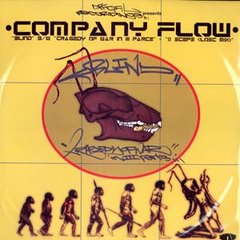









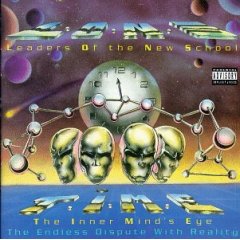








2 comments:
Starz actually showed renaissance one night and i caught it. it's dope, but watching the car chase screwed my eyes hard. it reminded me of the getaway.
Post a Comment